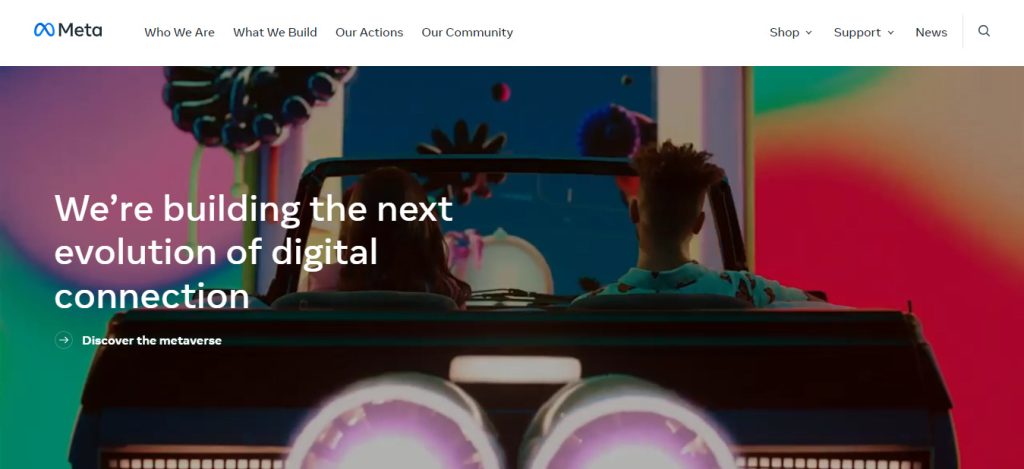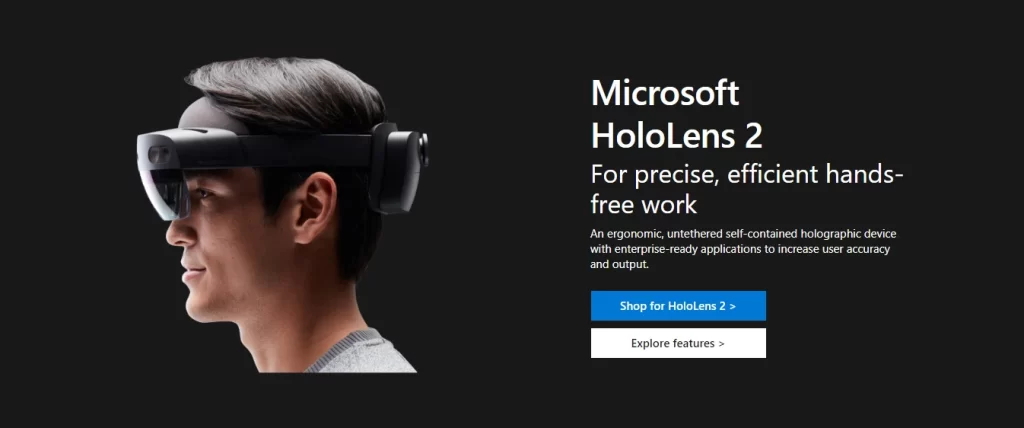Brands are investing in effective digital marketing services to shift toward the metaverse in order to remain relevant to millennial or Gen Z audiences, who are thought to be the most enthusiastic metaverse users. Consumers of the Gen Z generation spend twice as much time socializing in the metaverse as they do in the real world.
The metaverse is a virtual environment where one may perform any real-world action virtually in a 3D space. It is real-time, realistic, and interconnected. There will undoubtedly be new marketing strategies developed as the metaverse grows, as well as possibilities to explore the 3D virtual environment. Businesses can utilize Metaverse to reach out to new customers, increase consumer confidence, and look into possible revenue streams. For instance, Roboblox reported 200 million active users in the first half of 2020, who spent $319 million on in-game currency.
Why Businesses Use the Metaverse for Marketing
Businesses are interested in the metaverse for a number of reasons. It allows businesses to interact with customers in unique ways and distinguish themselves. However, reaching Gen Z and millennials is one of the key reasons why businesses are focusing on the metaverse. The decentralization of the metaverse is an intriguing feature, according to LaFleur. Contrary to Facebook, when businesses and individuals use a platform owned by another company, they have the opportunity to choose the surroundings they view.
Different ways in Which Metaverse Can Be Used in Marketing
- Advertise in online metaverse realms: Direct-to-consumer retailing on social media has grown quickly. In just a few easy steps, anyone may make purchases and have items transported right to their home. Moreover, the parent company of Facebook and Instagram, Meta, recently announced a partnership with e-commerce technology firm VNTANA that will make it simpler for businesses to run 3D advertisements. Consider yourself looking at products on Instagram. A little while later, an advertisement appears that you can rotate and zoom in or out of as though it were in your hand. Customers will be able to interact with 3D adverts from the comfort of their homes before making a purchase. By putting these ads in the virtual worlds where people surf, businesses will be able to connect with their target audiences. In video games where players explore virtual cities, 3D billboards can also be added.
Image Source - Make a VR store that clients may explore: Users of virtual reality (VR) can interact with 3D surroundings and objects as if they were real in this fully immersive experience. Although this technology is still in its initial stage, many companies are already using it as a tool for a variety of tasks, including running meetings, educating staff, developing and promoting goods, and presenting interesting stories. Moreover, technology for experiential e-commerce is available, enabling companies to set up online shops. For instance, customers can use Obsess to visit a store, approach things, and inspect them before making a purchase. Businesses can use this information to analyze customer interactions with products and make future marketing decisions.
- With AR, allow your customers to experience your products firsthand: In contrast to VR, which completely immerses the user in a virtual environment, augmented reality (AR) incorporates digital features into the actual world. Consider Porsche as an illustration. The automaker has developed an augmented reality visualizer that enables customers to utilize their phone’s camera from the comfort of their homes to see what their perfect car would look like. In the same manner, you may use augmented reality to give your clients experiences that are unique.
- Allow buyers to try your goods before they buy it: In mixed reality, also known as MR, which combines VR and AR, users can interact with virtual items that are placed into the actual environment. In the real world, people can view, hear, and interact with digital content using Microsoft’s HoloLens headset, for instance. Businesses are using this technology to train staff members or give prospective buyers a virtual tour of a product before they buy it.
Image Source - Provide virtual tours of your brick and mortar store: A variety of internet programs let you take 360° images and videos to give viewers a panoramic view of a place or situation as if they were there themselves. Small businesses frequently utilize this kind of content in their marketing campaigns because it gives clients a more immersive experience that helps them better understand a product or service.
- Make it simple to import physical goods onto virtual platforms by using 3D scanning technologies: 3D scanning is another cutting-edge technology that is rapidly being used in marketing. Using this, you may create virtual versions of your goods or any other real-world items, which you can then employ in VR or AR experiences. For instance, RestAR from Unity enables you to render short videos in stunning 3D using nothing more than a smartphone.
Working with a digital marketing service to combine your virtual and actual marketing campaign is one of the finest methods to benefit from the metaverse. This implies that you can duplicate your real-world services in the metaverse. The same has proved to be a genuine method of increasing consumer interaction.






